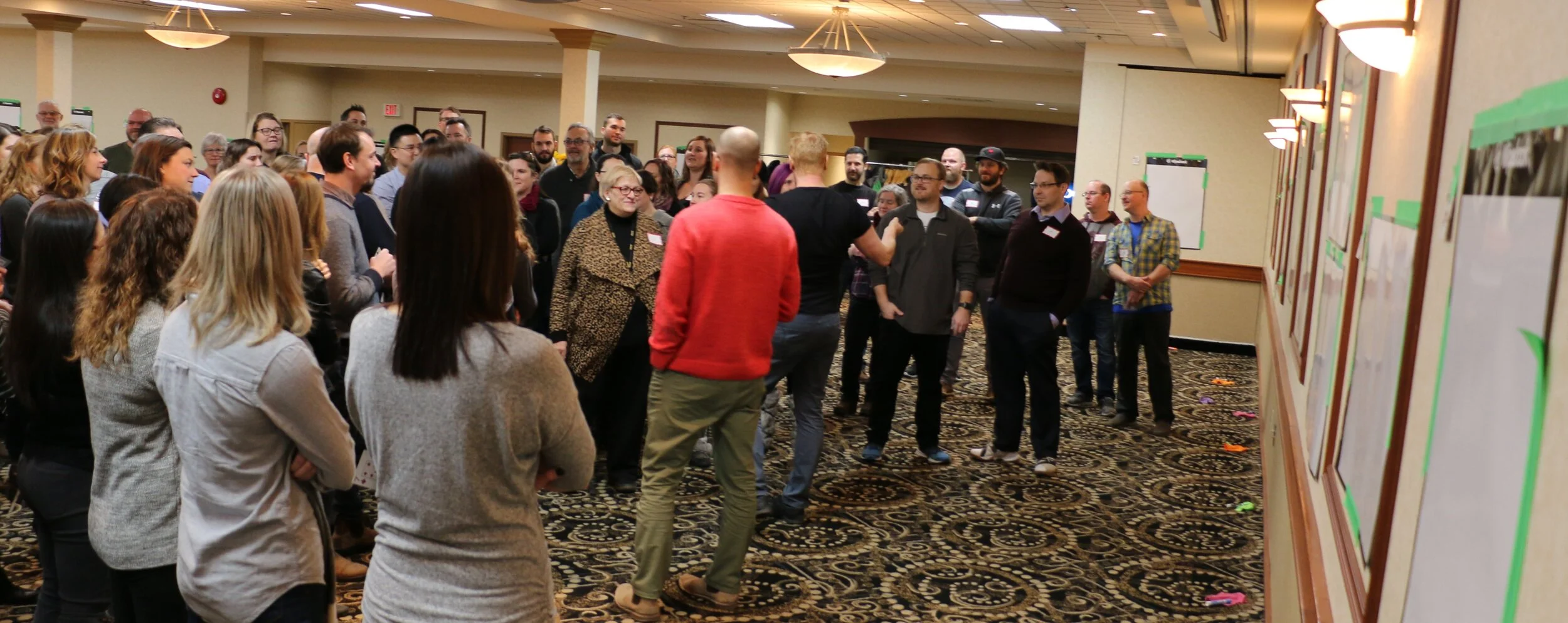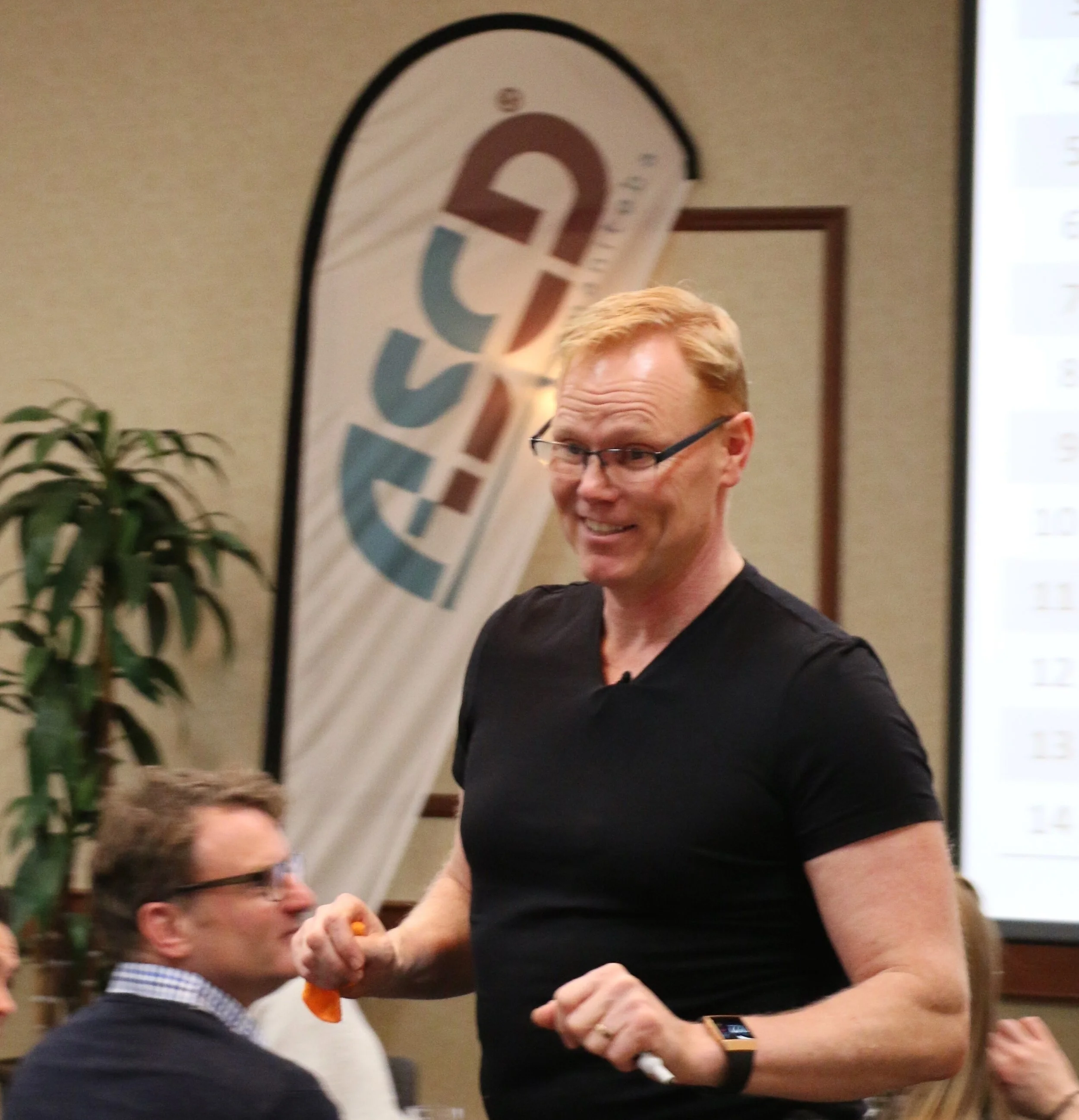Active Classrooms Equal Thinking Classrooms: Reflections on Peter Liljedahl's Workshop
After 25 years as a classroom teacher, the last three of them at a high school level, I have learned a lot. Over time, I have noticed what works with my students, what does not, what to keep and what to do away with. I have increased discussion among students, knowing that I need to talk less and that they need to talk more. I have reduced the use of textbook activity wanting instead to promote tasks that are more authentic for my students. These changes are still a work in progress. I believe students need to unlearn habits that are detrimental to learning and accept new ones that will encourage growth and real learning, but these are a hard sell. The area that I still struggle with in mathematics is problem solving. I find that my students give up easily and do not demonstrate perseverance to take a problem apart to understand it and to figure it out.
Two years ago, when I entered the Masters programme at the University of Manitoba, I began to explore the question of how to foster a better problem-solving environment in my classroom. After attending the workshop with Peter Liljedahl on January 10th, 2019, I finally feel that I am on my way to a solution.
The workshop
After a short introduction, Dr. Liljedahl put us straight to work, creating random groups of three participants and sending each one to its own whiteboard to work on the problem he had proposed orally. No one was anonymous in such circumstances. We were each accountable for making an active contribution. From here, discussion erupted and each group was absorbed in finding the solution to a seemingly simple problem. I was completely oblivious to the activity elsewhere in the room as the task held my complete attention, with the exception of slight interactions we had with other nearby groups as we exchanged coloured markers or discussed obstacles we were facing.
Dr. Liljedahl and his assistants circulated throughout the room giving vague feedback to groups. When they saw that we had figured out the solution, they asked us to try the next level of difficulty or gave us another problem to solve. I noticed that if one of these presenters was not nearby, participants began to give themselves an extension to the problem.
Despite the fact that we were all (or most were) motivated educators, I could imagine my own students developing these habits in this type of environment. It was contagious. I did not, however, anticipate returning to school the next day with an activity ready to implement immediately. Instead, I felt inspired to prepare to implement, with deeper consideration and intention, the changes that this new way of operating could bring to my teaching, and more importantly to the learning of my students.
Possible Extensions
Dr. Liljedahl’s website provides many resources to help get the project off and running. A list of many good problems (some with links to other sites for additional problems or solutions) eliminate the issue of knowing where to find these good problems. Games and sites to get students thinking are provided. The powerpoint used during the workshop lists the key ideas shared and the rationale behind them. So although it was not ready made, the process was simple and could be implemented with little time and cost investment.
Dr. Liljedahl and his assistants also modeled the five practices of mathematics teaching (Smith and Stein, 2011), enabling the participants to see it in action. Having experienced the vertical whiteboard strategies (as a student) and having listened and discussed the rationale behind them (as an educator), I am convinced that this will move problem-solving, and more specifically, thinking, forward in my grade 9 classroom.
About the Author
Denine Laberge is currently teaching grades 7 to 11 mathematics at Collège Louis-Riel.



